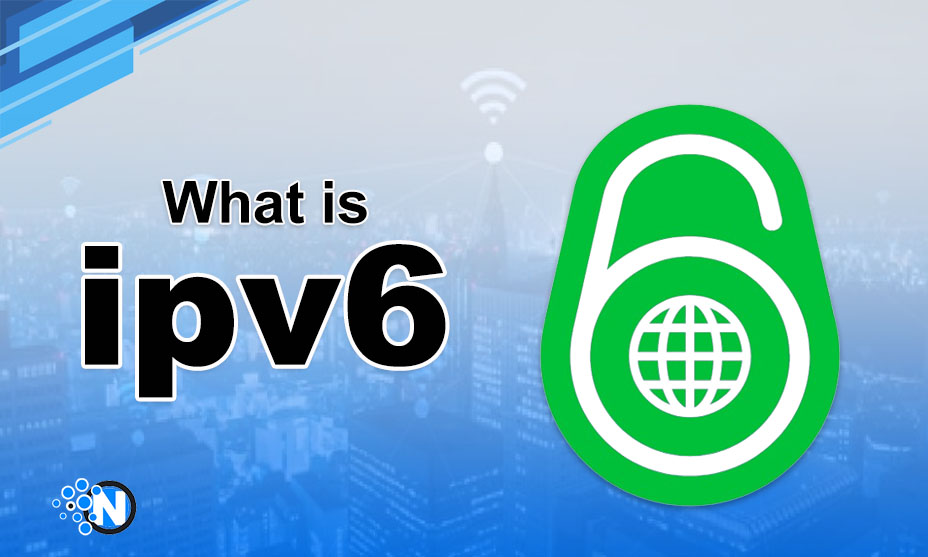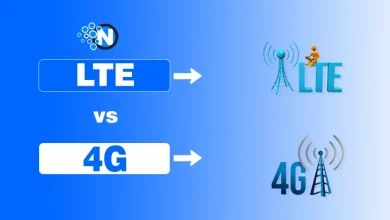What is IPv6? Its Benefits, Features & Other Details

A good thing about the technological world is that it keeps on evolving. This evolution is focused on making things better. IPv6 is a great example of this. It is an upgrade to the previous version known as IPv4. This new version is better. This explains why its usage scale is rapidly growing globally.
That will be this article’s primary focus. We will discuss what is IPv6 here. We will also examine its main features and benefits. Now, let’s get going.
What is IPv6?
IPv6 is the latest version of the Internet Protocol. A set of rules determines how a device will communicate with a network. It’s a massive upgrade to the previous version. That version can have a lot of limitations. This new version offers features that eradicate them.

For example, it utilizes 128 bits for addresses. IPv4 used 32 bits. This means that the new version has a far larger address space.
Features of IPv6
IPv6 offers a lot of useful features. We’ve discussed the top ones below:
Simple header format:
This Internet Protocol keeps the header format simple. The core one only contains fields that are essential for basic packet delivery. The extra fields/options are kept in extensions. This helps routers process data at a much faster speed. That is because only the necessary fields are being used.
Automatic Address Configuration:
IPv6 enables automatic address configuration. This is the reason why it makes network management easier. It also helps in reducing administrative overhead. It’s an upgrade from the previous model. That model used to rely on DHCP.
Hierarchical Addressing:
This IP operates by employing the hierarchical addressing model. This simply means that the addresses have a proper structure. They are divided into regions and subnets. It does it to reduce routing table sizes. It also helps in better aggregation.
Built-in Security:
The security and privacy of this model have also made it famous. It’s one of the top priorities of many people. That’s why it utilizes some built-in security features. One of their examples is IPsec. All of these features focus on improving communication security as well as privacy.
So, that’s what is IPv6 and its features. Now, let’s discuss its benefits.
Benefits of Using IPv6
Using this new IP version comes with some major benefits. Here are some of them:
- This IP offers a more address space. As discussed earlier, this is possible due to the usage of 128 bits. This indicates that billions of unique addresses can be assigned to different devices. This ensures that there is enough space no matter how much the Internet grows.
- The overall network performance becomes better with this protocol. Its smooth fragmentation ability makes it possible.
- Managing the networks becomes easier with the help of IPv6. The automatic address configuration helps in eradicating many management tasks.
- The whole communication is safer and private.
- It offers better mobility. Devices may roam on different networks. Better mobility ensures that they retain their original IP while doing so.
- The foundation of this IP ensures an integration with new technologies.
- This IP does not rely on NAT. This was a major issue for some apps that is now eliminated.
How is an IPv6 Address Written?
The writing method used in this IP is very interesting. That is because it uses hexadecimal. The previous model used dots in it. Since it uses hexadecimal, there are 32 numbers in the address. This number is divided into 8 groups. Each of them contains 4 numbers. Take a look at the following hypothetical address.
9201:0:9f73:1g98:9h92:i923:8b82:b82x
There’s an important thing in the address that you need to understand. The “0” group only has only one number. That is because it is shortened from “0000”. That is because different shortening techniques are used while writing the address.
Comparing IPv4 and IPv6
Besides understanding what is IPv6, it’s important to compare it with IPv4 as well. Here are its details:
| Aspect | IPv4 | IPv6 |
|---|---|---|
| Version | 4 | 6 |
| Address per device | 1 | 1 |
| Address Space | 32 bits (limited) | 128 bits (vast) |
| Address notion | Dots | Hexadecimal |
| Header structure | Complex | Simple |
| Security | Uses Ad-on protocols | Contain built-in features |
| Routing | Less efficient | More efficient |
Pros and Cons of IPv6
Some noticeable pros and cons of this protocol are given below:
Summing Up
Knowing what is IPv6 is important if you have an interest in networks. That is because it is the most advanced version of the Internet Protocol. It is being used on a very large scale around the world. That is because it offers a lot of useful features. Most of them focus on security and fast data processing. We have described them comprehensively in the data shared above.
The address of this protocol is written in hexadecimal. It contains 8 groups of 4 characters. Its usage has many benefits. Above, a comparison table between IPv4 and IPv6 is also given. It can help you differentiate between them. Some pros and cons of the newer versions are also discussed.
Frequently Asked Questions (FAQs)
Why is IPv6 famous?
It is a newer version of IP. It’s famous since it operates efficiently.
Is it being used everywhere?
Its usage is growing rapidly. However, it’s not implemented completely everywhere throughout the world.
Does it indicate that I have 6 IP addresses?
No. IPv6 does not indicate that. It’s simply the name of the new version.
Is understanding this IP difficult?
Understanding its basic nature isn’t difficult at all. However, learning it deeply may require some effort.
How can I know if my network is IPv6?
You can use some online tools for that. They can indicate whether you have this version or not.




